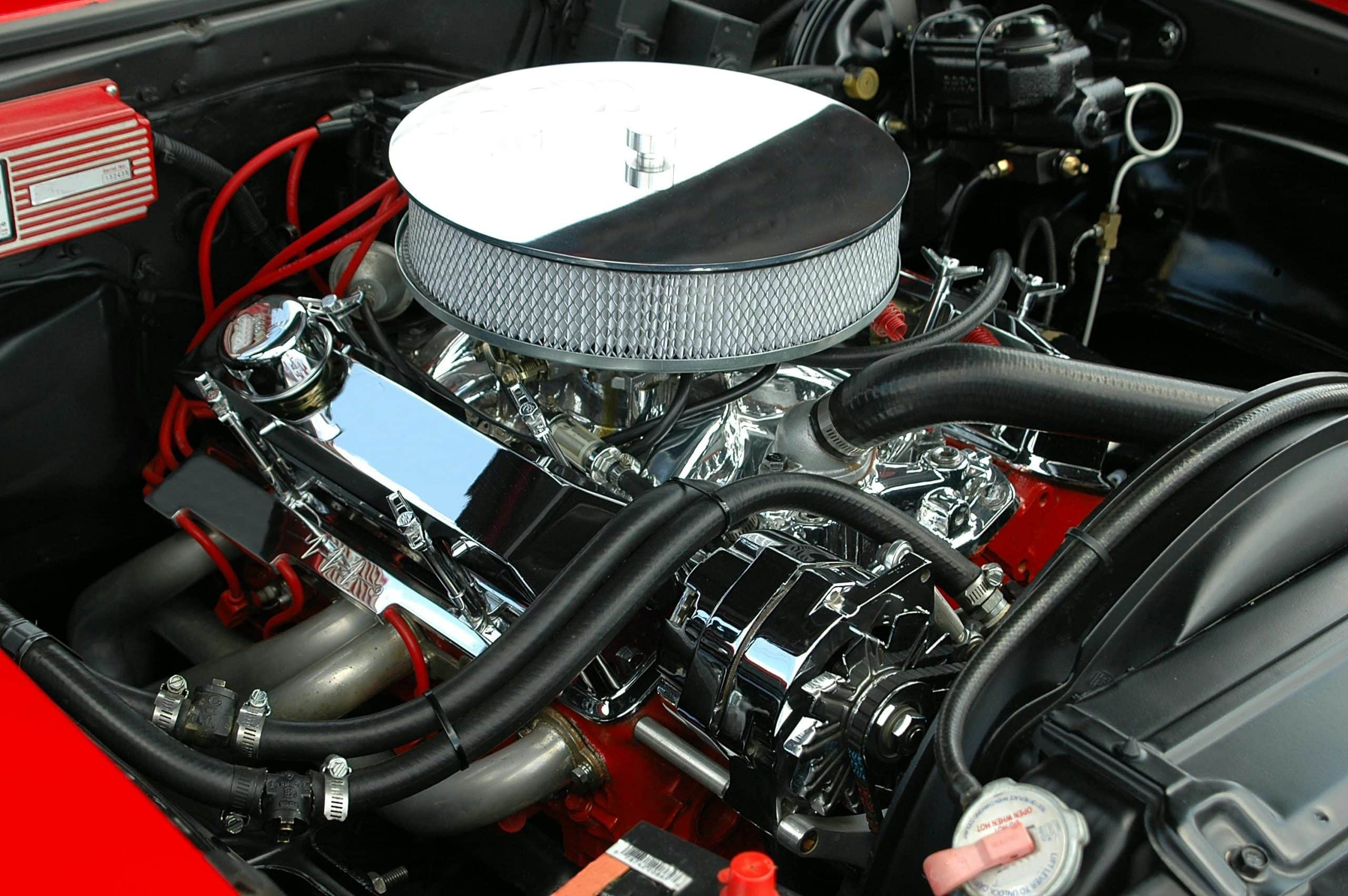Can Upgrading to a High-Performance Timing Chain Improve Engine Longevity?

The engine is the heart of your vehicle, and the timing chain, much like the human circulatory system, is an integral part of its operation. So, can upgrading to a high-performance timing chain give your engine a longer, healthier life? This question stirs the curiosity of many car enthusiasts. It’s time to delve deep and explore the integral role of timing chains in engines and how a high-performance upgrade can potentially enhance their longevity.
Timing Chain: Function and Importance
The timing chain, a sturdy metal chain, connects the camshaft and crankshaft. These two main parts of your engine must synchronize for optimum performance. The chain’s timing is crucial as it enables your engine’s valves to open and close at the correct moments during each cylinder’s intake and exhaust strokes.
Also to read : How to Choose the Correct Antifreeze for Your Vehicle’s Specific Needs?
Imagine the chain as the maestro of an orchestra, coordinating the various engine components. Your engine’s performance will hit the right notes when this conductor is in top form. But what happens if it falters? A timing chain that’s stretched or worn can lead to serious engine damage. That’s why service and regular oil changes are essential to maintaining your timing chain’s condition.
The Role of the Timing Chain in Different Engines
Engines vary across different makes and models of vehicles. For instance, Mercedes-Benz is renowned for its high-performance engines, often equipped with double-row timing chains. These chains, coupled with their automatic tensioner and guide rails, ensure optimal engine performance and longevity.
Topic to read : Is the roma pass worth it? benefits and limitations
On the other hand, some Ford models utilize a timing belt instead of a chain. Though lighter and quieter, a belt isn’t as durable as a chain and requires more frequent replacement. Therefore, if you own a car with a timing belt, you might consider switching to a timing chain for better durability and possibly improved engine longevity.
How Upgrading to a High-Performance Timing Chain Can Help
A step up to a high-performance timing chain can have several benefits. Such chains typically feature more durable materials and construction, which might extend the chain’s life and, subsequently, the engine’s. They are built to withstand the high stress and temperatures of high-performance engines, resisting stretch better than standard timing chains.
Additionally, high-performance chains often come with a roller design, which reduces friction between the chain and the gears it drives. This can lead to smoother operation and less wear and tear on the chain and gears, potentially enhancing the longevity of your engine.
Timing Chain Replacement: When and Why?
Knowing when to replace your timing chain is crucial. This component doesn’t have a specific lifespan, but generally, it lasts about 60,000 to 100,000 miles. However, if your engine starts to make a rattling noise, it’s usually a sign that the chain is worn or loose and needs attention.
With a high-performance timing chain, these replacements might be less frequent due to their enhanced durability. Consequently, not only could you achieve better engine performance, but you might also save on replacement costs in the long run.
The Installation Process: A Key Factor for Performance
Even the best high-performance timing chain can’t do its job if it’s not installed correctly. Proper installation involves setting the right tension on the chain, aligning the chain with the camshaft and crankshaft gears, and ensuring the chain is adequately lubricated with engine oil.
An improperly installed timing chain can lead to premature wear, poor engine performance, and even engine damage. So whether you’re upgrading to a high-performance chain or replacing a worn one, professional installation is crucial to get the most out of your engine.
In conclusion, upgrading to a high-performance timing chain can be a beneficial move for many reasons. Not only could it improve your engine’s performance and longevity, but it might also save you money on replacement costs. However, it’s important to remember that a timing chain, even a high-performance one, needs regular service and proper installation to function at its best.
Understanding the Variety of Timing Chains: Their Types and Features
The market offers a variety of timing chains suited to different vehicle makes and models. The type of timing chain installed in your vehicle significantly affects its engine timing, performance, and longevity.
Most commonly, you will find the single and double-row timing chains in vehicles. Single-row timing chains, also known as single-roller chains, are lighter, less expensive, and suitable for most vehicles. However, they are less durable compared to double-row timing chains.
On the other hand, double-row timing chains, or double-roller chains, as seen in some high-performance Mercedes-Benz vehicles, are made of stronger materials and are more robust. Double-roller chains can handle high RPM (Revolutions Per Minute), making them ideal for high-performance engines. However, they are heavier and more expensive.
In addition to the single and double-row timing chains, there are also gear drives. Gear drives, a set of gears replacing the timing chain, offer precise valve timing and are highly durable. However, they are louder and can potentially introduce harmonics that may damage other engine parts over time.
Another type worth mentioning is the belt drive, often used in overhead cam engines. Belt drives are quieter and cheaper but less durable compared to the timing chains. They require more frequent replacement, usually every 60,000 to 100,000 miles.
Therefore, when considering an upgrade, it’s crucial to evaluate your vehicle’s requirements and pick a high-performance timing chain or another drive system that offers the best balance of cost, noise, durability, and performance.
Conclusion: Making an Informed Decision about High-Performance Timing Chains
In conclusion, the timing chain is an integral part of your vehicle’s engine performance and longevity. Whether you own a Mercedes-Benz with a double-roller chain or a vehicle with a belt drive, upgrading to a high-performance timing chain can offer numerous benefits. Such an upgrade could enhance your engine’s performance, reduce the frequency of replacement, and potentially save you money in the long run.
However, these benefits come with a few caveats. The selection of a suitable timing chain depends on your vehicle’s make and model, your driving style, and how often you use your vehicle. A high-performance timing chain is typically more expensive and may not be necessary for all vehicles, particularly those not used for high-performance driving.
Furthermore, even the best timing chain needs regular maintenance and proper installation to function optimally. This includes setting the right chain tension, aligning the chain with the cam and crankshaft gears, and ensuring the chain is adequately lubricated.
In short, a high-performance timing chain can indeed improve engine longevity, but this improvement is dependent on a variety of factors, including chain selection, installation, and maintenance. Therefore, as a vehicle owner, it’s crucial you make an informed decision about whether a high-performance timing chain is indeed the best investment for your vehicle’s engine.
